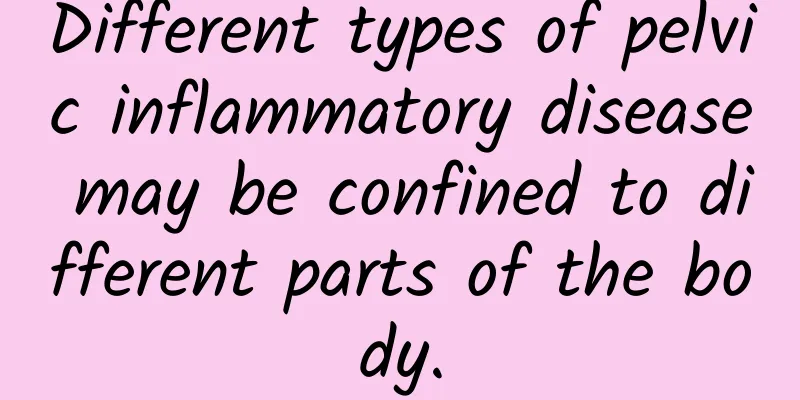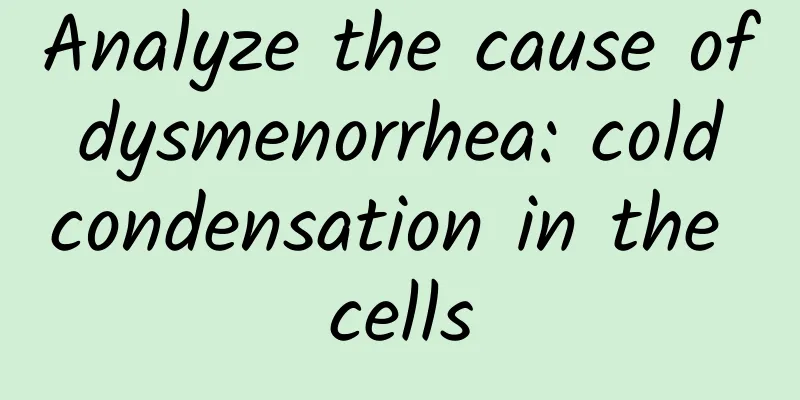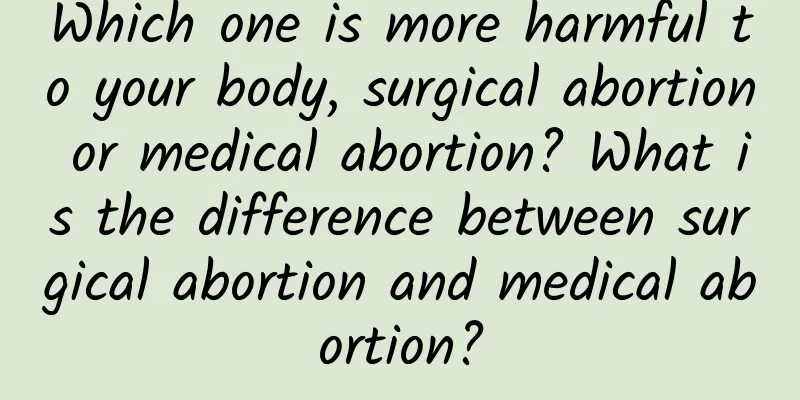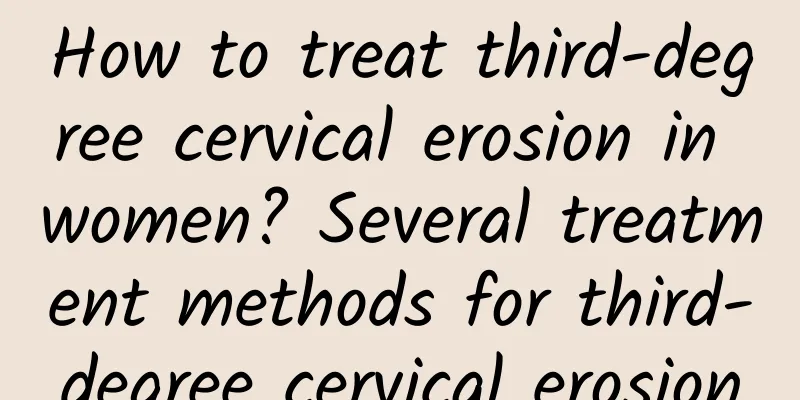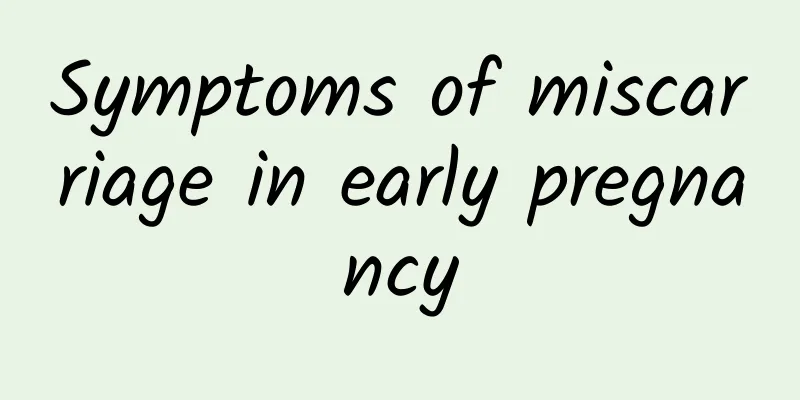A comprehensive review of the treatment methods for uterine fibroids and what to pay attention to when having uterine fibroids
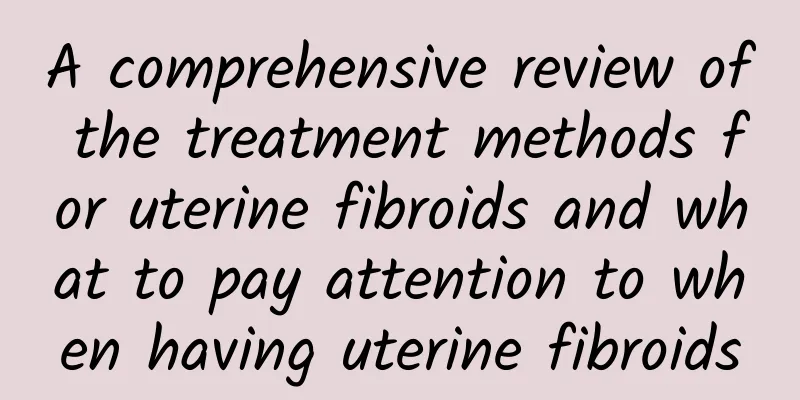
|
For many patients with uterine fibroids, uterine fibroids are still a "time bomb". If the bomb is not removed, there will be no peace of mind. So, should uterine fibroids be treated? When should it be treated? Which treatment method should be chosen? Answering such questions is also complicated, but there is one principle that remains unchanged, that is, it varies from person to person. The clinical treatments for uterine fibroids are nothing more than conservative treatment, surgical treatment and physical therapy. Conservative treatment mainly includes expectant management and drug therapy. The so-called expectant treatment is clinical observation, which does not require any drugs or other treatment methods. Gynecological internal examination is performed every 3 months, and B-ultrasound examination is performed. If the fibroids do not grow fast and have little effect on menstruation, it can be expected that the uterine fibroids will shrink with age and the decline of sex hormone levels. This situation is mainly suitable for patients over 40 to 50 years old, and they begin to experience menopause and mild clinical symptoms. Of course, for young fibroid patients who are unmarried or childless, patients without clinical symptoms can only choose this expectant treatment. Drug treatment is suitable for young patients (under 40 years old), with small fibroids, fertility requirements, and regular menstruation. At present, this type of patients may be the most clinically encountered patients. Because patients do not want to remove the uterus too early and worry that the rapid growth of fibroids will affect themselves, they are the most entangled part of patients with uterine fibroids. In fact, these patients have become the best population for drug treatment. Some patients are also most suitable for drug treatment, that is, patients approaching menopause. Because drug treatment can not only improve the menstrual conditions of these patients, but also promote their early amenorrhea. However, drug treatment can often only inhibit the growth rate of fibroids and reduce symptoms, and cannot fundamentally solve the problem. Therefore, if drug treatment is not ideal, minimally invasive or surgical treatment should be considered. Drug treatment includes both Chinese and Western medicine. Traditional Chinese medicine treatment uses traditional Chinese medicine decoctions and Chinese patent medicines to regulate the patient's endocrine system and microcirculation in the body, regulate the management of qi, promote blood circulation, eliminate sludge, and eliminate uterine fibroids from the source. Because traditional Chinese medicine has few side effects, it is easy for patients to accept it, and treatment can be started when uterine fibroids are found. However, the effect of traditional Chinese medicine is relatively slow, and the medication time is usually longer. Patients should be prepared for a "protracted war". Western medicine treatment is generally only suitable for menopause, menstrual disorders, and non-malignant changes in the endometrium, such as the commonly used methyltestosterone and goserelin. In recent years, some people have used mifepristone to treat uterine fibroids, and the effect is said to be very good. Surgical treatment has always been the most traditional, effective and unacceptable method for treating uterine fibroids. Generally speaking, since uterine fibroids are a type of tumor, it is natural to surgically remove them. However, uterine fibroids have their own particularity, that is, their malignant change rate is low and their recurrence rate is high. The low malignant change rate gives patients more time to choose a treatment method, while the high recurrence rate makes patients who try to keep their uterus take greater risks. As for when to perform surgery, different patients have different requirements and it is difficult to generalize. However, surgical treatment should be considered if the patient: 1. The symptoms are obvious, especially irregular menstruation or excessive anemia, and drug treatment is ineffective. Uterine fibroids grow rapidly, exceeding the pelvic cavity, or are accompanied by abnormal urination and defecation. 3. Uterine fibroids with degeneration and abdominal pain. 4. Uterine fibroids cause infertility. There are several main surgical treatments for uterine fibroids: Myomectomy means to keep the uterus and only remove the uterine fibroids, so that normal menstruation and fertility can be maintained. It should be said that this is the most ideal way to treat uterine fibroids, but uterine fibroids are often frequent, so the biggest problem with keeping the uterus is recurrence. New fibroid nodules may be found 2 to 3 months after surgery. Unless it is for fertility, it is not recommended to keep the uterus. Therefore, the most suitable person for this method should be patients under 40 years old. Subtotal hysterectomy means to keep the cervix and remove all the uterine body. This surgical method is simple and less damaging, but the cervix must be checked before the operation to eliminate the possibility of precancerous lesions. Otherwise, if the retained cervical tissue undergoes malignant changes, it will be very difficult to perform another operation. Total hysterectomy is a total hysterectomy. It is suitable for patients who are close to menopause or young but have severe cervical inflammation. This can not only relieve the troubles caused by uterine fibroids to patients, but also avoid the worry of cervical cancer. This method is more easily accepted by people with higher cultural level. Whether it is traditional open surgery, laparoscopy, hysteroscopy, or vaginal surgery, it depends not only on the patient's requirements, but also on the patient's condition and the surgeon's technical level. How can women prevent uterine fibroids? Experts point out that prevention of uterine fibroids must start with the following details of life: First of all, do a good job of cleaning. Keeping the vulva clean and dry and preventing infection are the most basic measures for women to prevent uterine fibroids. Doing a good job of cleaning the vulva can prevent pathogens from entering the uterus and causing uterine fibroids. 2. Active contraception. Abortion can seriously damage the uterus and increase the risk of uterine fibroids in women. Therefore, in life, good avoidance measures should be taken to reduce the number of abortions, because frequent abortions will cause certain damage to the patient's uterine repair, stimulate the normal repair of the uterus, and easily lead to the onset of uterine fibroids. Third, reduce high-fat diet. Studies have shown that after high-fat food enters the human body, it will promote the secretion of female estrogen, stimulate the uterus, stimulate the normal repair of the uterus, and cause uterine fibroids. Therefore, female friends should adhere to a low-fat diet, drink plenty of water, and avoid spicy and irritating foods. 4. Properly control sexual life. Excessive sexual indulgence will bring hidden dangers to uterine health, especially unclean sexual life will allow pathogens to enter the uterine cavity through the vagina, leading to endometrial infection and uterine fibroids. |
>>: How to treat uterine fibroids? Comprehensive treatment methods for uterine fibroids
Recommend
What are the main symptoms of irregular menstruation?
What we often call irregular menstruation is irre...
What is the reason why candidal vaginitis enters the patient's life?
Nowadays, many women are suffering from vaginitis...
Some detailed diagnostic methods for adnexitis
Adnexitis is the most common gynecological diseas...
Treatment of cervicitis
Cervicitis is an inflammation caused by the invas...
What are the early symptoms of ectopic pregnancy? Vaginal bleeding
There are many early symptoms of ectopic pregnanc...
How much HCG should be taken to rule out ectopic pregnancy?
If HCG is greater than 15000IU/L, ectopic pregnan...
Walking is more effective than running in preventing dementia and reducing the three highs
There is a running craze sweeping Taiwan. However...
What medicine is more effective for cervical hypertrophy
Cervical hypertrophy can usually be treated effec...
Who should I eat to lose weight? A nutrition and calorie comparison between frozen tofu and fresh tofu!
Are you worried about gaining weight year after y...
What is the impact of cervical erosion on women's lives? What are the hazards of cervical erosion?
Cervical erosion is a common gynecological diseas...
What are the symptoms of malignant uterine fibroids? If these symptoms occur, timely treatment is required
Clinically, uterine fibroids are generally divide...
What are the Chinese patent medicines for cervical warts
Using Chinese herbal medicine to treat small cond...
What causes endometrial thickening?
Endometrial thickening is a common gynecological ...
Introduction: Several methods to help relieve menstrual cramps
Eating something during dysmenorrhea can help rel...
There are several causes of Bartholinitis.
Bartholinitis is a gynecological disease in women...
